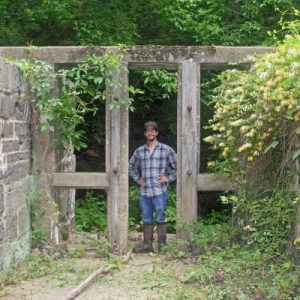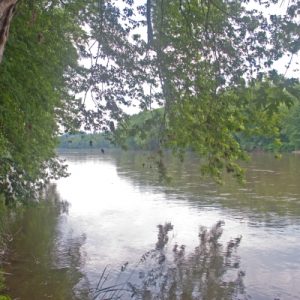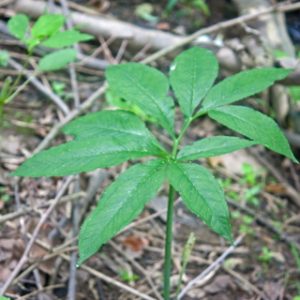I’ve always wanted to live in Wyoming. In my imagination the state embodied everything you could want from the western United States – untamed forests, rugged mountains, vast open ranges, and a minimal amount of people. For the most part I’ve found those things I was looking for in Buffalo, Wyoming where I’ve been working for the past three weeks. Well, everything but the vast open ranges
The Powder River Basin which lies east of Buffalo is coalbed natural gas territory. The landscape is home to thousands of roads, wells, compression facilities, and reservoirs. My internship has revolved primarily around the water that is produced by coalbed natural gas development and frequently stored in reservoirs. I spent my first week or so working with the hydrology techs on the monitoring of water quality and well depths around the reservoirs. Since then I’ve been working with ArcGIS and Excel to organize and manage the database associated with the reservoirs. Each reservoir has to be bonded so that it can be reclaimed once production is finished. I’ve been trying to discover which reservoirs were actually built in order to assure they are bonded for reclamation.
I also had the chance to attend the Energy Resources and Produced Water Conference at the University of Wyoming. It was a great opportunity to see the issue of coalbed natural gas from the perspective of industry, consultants, and researchers. One of the most interesting presentations was about the recent development of coalbed natural gas in Australia. Seeing pictures of the Australian landscapes compared to the Powder River Basin made it clear that many of the measures being taken in Wyoming to reduce the impact of coalbed natural gas production are working. The use of telemetry to reduce site visits, reclamation of roads, and the burying of powerlines all seem to be help reduce impacts on the landscape.
My internship has been a wonderful experience so far and I look forward to seeing what the next four months will bring. I don’t have any pictures from work yet but I’ll post some from my meanderings around the Big Horn Mountains and the surrounding country.
-Jacob Dyste














